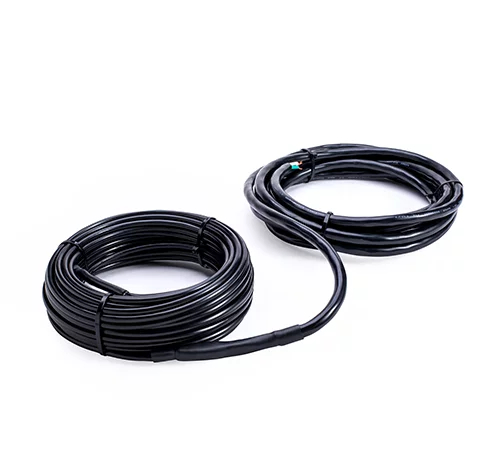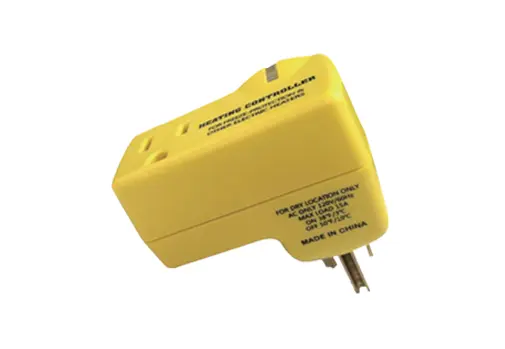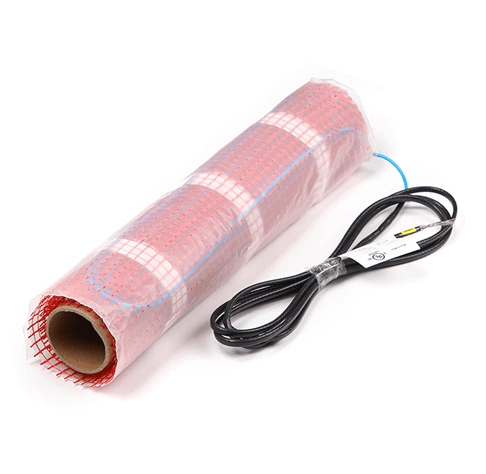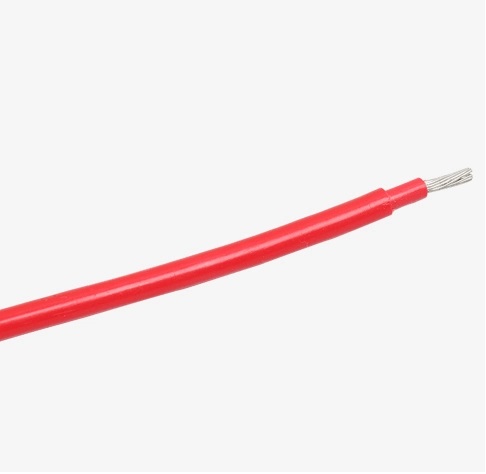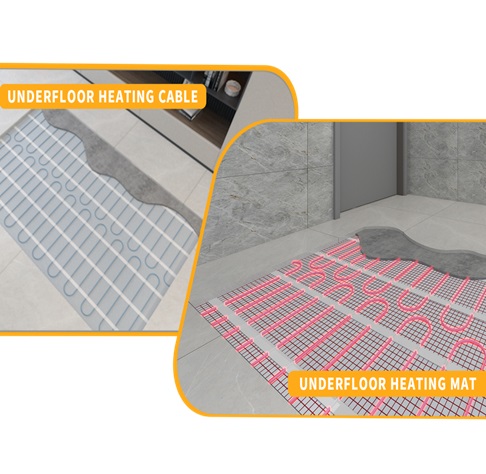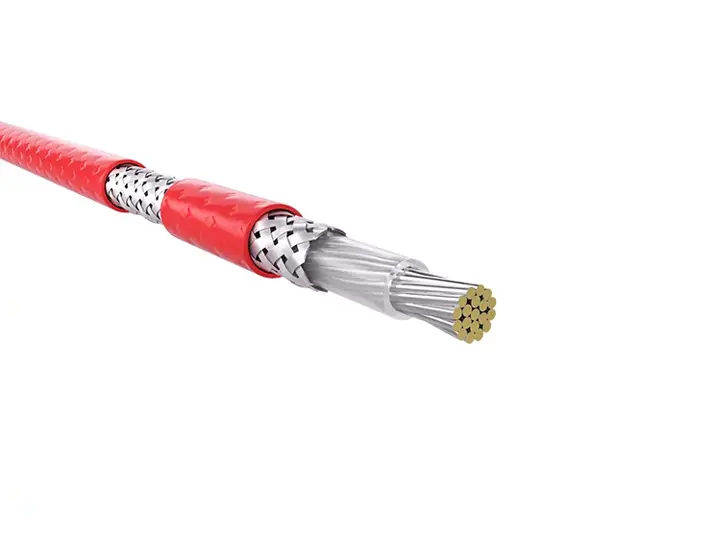Heating cable prices in Europe are influenced by a complex interplay of factors, which can be categorized as follows:
1. Production Costs
- Raw Materials: Prices of metals (e.g., copper, nickel) and insulation materials (e.g., plastics derived from oil) fluctuate based on global commodity markets. For instance, rising copper prices directly increase manufacturing costs.
- Energy Costs: European energy volatility, exacerbated by events like the Russia-Ukraine conflict, impacts production expenses, especially for energy-intensive manufacturing processes.
- Labor Costs: Higher wages in Europe compared to manufacturing hubs like Asia can elevate prices, though imported goods may mitigate this depending on trade dynamics.
2. Economic and Trade Policies
- Tariffs and Import Duties: EU trade policies, such as anti-dumping duties on imports (e.g., from China), can raise costs for foreign-made heating cables.
- Currency Exchange Rates: A weaker euro against currencies like the USD or CNY increases the cost of imported materials or finished products.
3. Regulatory Environment
-Standards Compliance: EU regulations (e.g., RoHS, REACH) mandate safety and environmental standards, potentially requiring costlier materials or processes.
- Environmental Incentives: Subsidies for energy-efficient products (e.g., self-regulating cables) may lower consumer prices, while carbon taxes could raise production costs.
4. Market Dynamics
- Competition: A competitive market with multiple suppliers can suppress prices, whereas oligopolistic markets may lead to higher pricing.
- Technological Innovation: Advances (e.g., smart heating systems) may introduce premium pricing, though economies of scale could eventually reduce costs.
5. Demand-Supply Factors
- Seasonal Demand: Winter spikes in demand for heating solutions can drive short-term price increases.
- Infrastructure Projects: Growth in renewable energy systems or electric heating adoption may boost long-term demand.
6. Logistics and Supply Chain
- Transportation Costs: Global disruptions (e.g.,Canal blockage) affect shipping expenses and lead times.
- Supply Chain Complexity: Multiple intermediaries or regional shortages (e.g., semiconductor chips for smart cables) add markups or delays.
7. Geopolitical and Macroeconomic Factors
- Crises and Conflicts: The energy crisis post-2022 and supply chain bottlenecks from geopolitical tensions directly impact production and distribution costs.
- Inflation: Broad economic inflation in Europe raises input costs, which are often passed to consumers.
8. Substitutes and Alternatives
- Competing Technologies: Cheaper alternatives (e.g., heat pumps) may limit price hikes, though niche applications (e.g., underfloor heating) sustain demand for cables.
Examples in the European Context:
- The 2022 energy crisis spiked manufacturing costs due to soaring natural gas prices.
- EU’s push for decarbonization (e.g., Fit for 55) drives demand for electric heating solutions, influencing cable pricing.
- Stricter efficiency standards under the Ecodesign Directive may necessitate costlier, high-performance products.
In summary, heating cable prices in Europe are shaped by a blend of material costs, regulatory pressures, market forces, and external shocks, all interacting within the region’s unique economic and geopolitical landscape.


